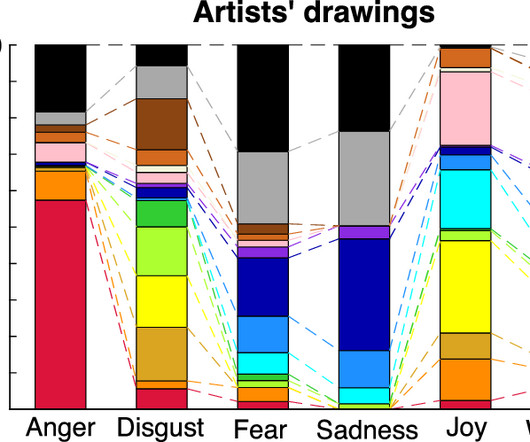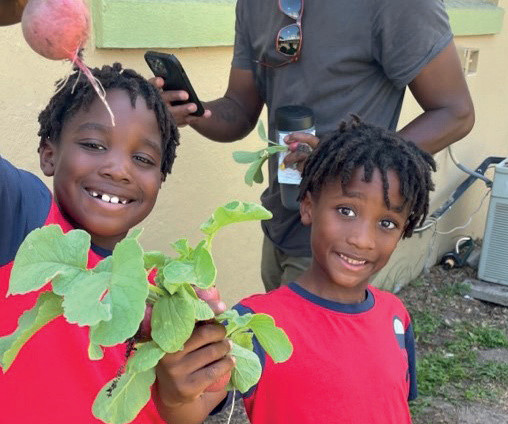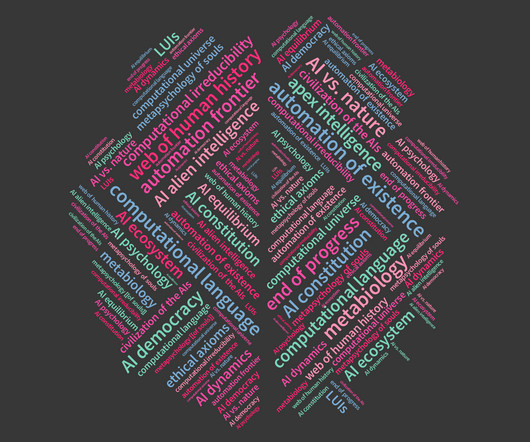Are there ‘rules’ for conveying emotion through art?
Futurum
SEPTEMBER 26, 2023
This could involve creating calming spaces in airports, fostering wonder in educational settings, or promoting joy in retirement communities,” suggests Pinaki. I experienced collaborations between biology, engineering and social sciences with a playful attitude. My PhD in computational and neural systems was a formational time.











Let's personalize your content